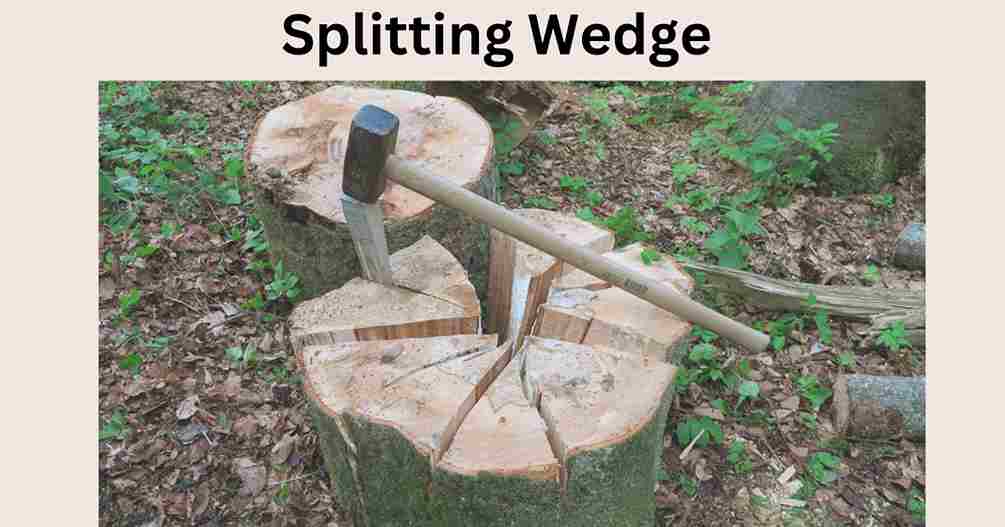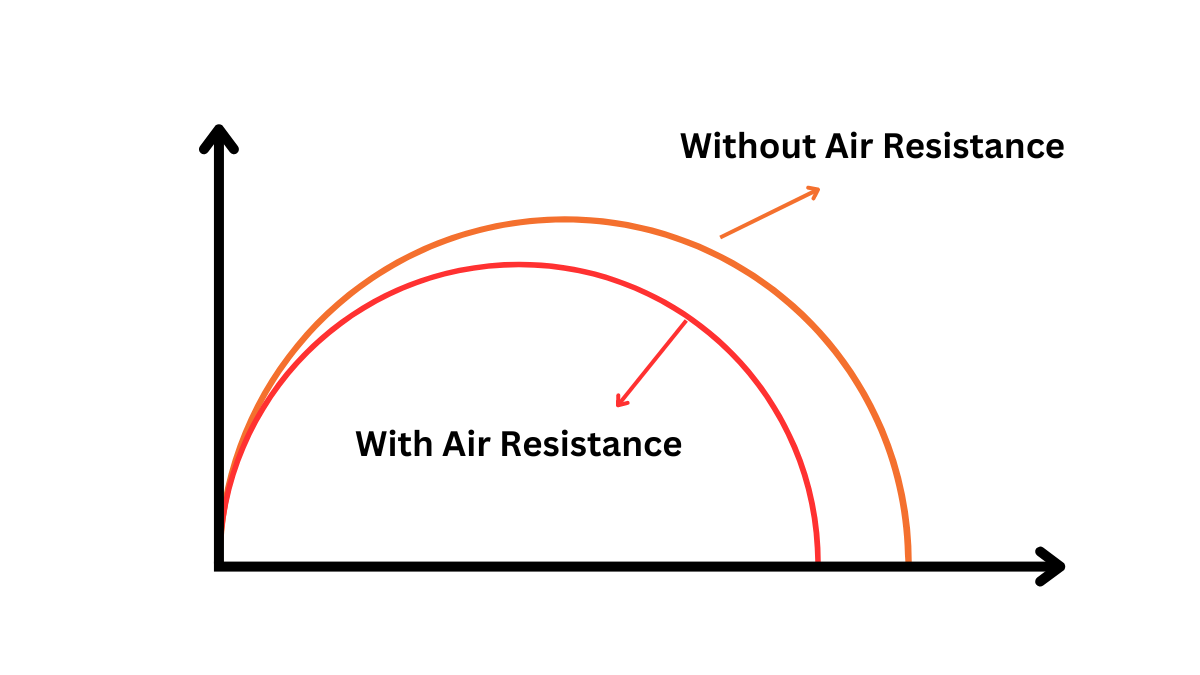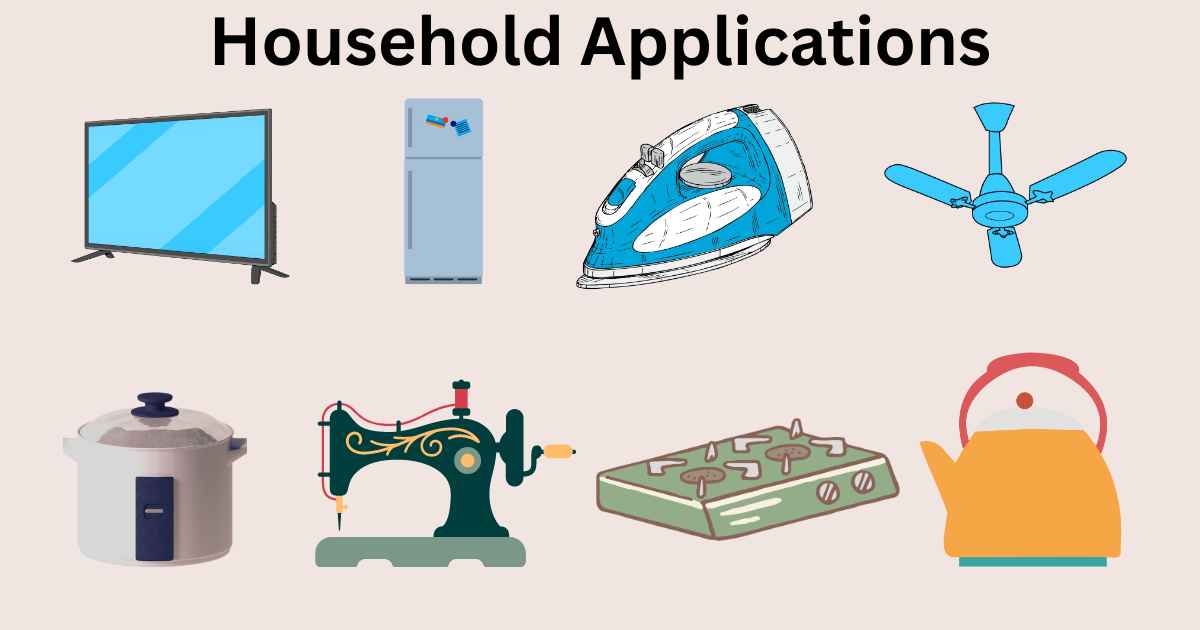Why rolling friction is less than sliding friction?
Rolling friction is less than sliding friction because only a small part of the object’s surface is in contact with the ground at any given time. The nature of the surfaces themselves creates less frictional force during rolling.
Rolling friction is less than sliding friction because of the way in which the two types of friction occur.
When an object rolls, only a small part of its surface comes in contact with the ground at any given time. This means that the frictional force is spread out over a larger area, reducing the overall force required to move the object.
In contrast, when an object slides, the entire surface area comes into contact with the ground, creating a greater amount of frictional force.

Another reason why rolling friction is less than sliding friction has to do with the nature of the surfaces themselves. When two surfaces come into contact, there are tiny bumps and imperfections on both surfaces.
When an object slides, these bumps and imperfections interlock, creating a strong frictional force. However, when an object rolls, the bumps, and imperfections on each surface tend to glide over each other, reducing the frictional force.
To give you an example, imagine trying to move a heavy object across the floor using a trolley or a cart. It will be much easier to roll the object on the wheels of the trolley or cart than to drag it across the floor.
This is because the rolling friction is much less than the sliding friction that would be created if you tried to drag the object directly across the floor.

 written by
written by 





Leave a Reply